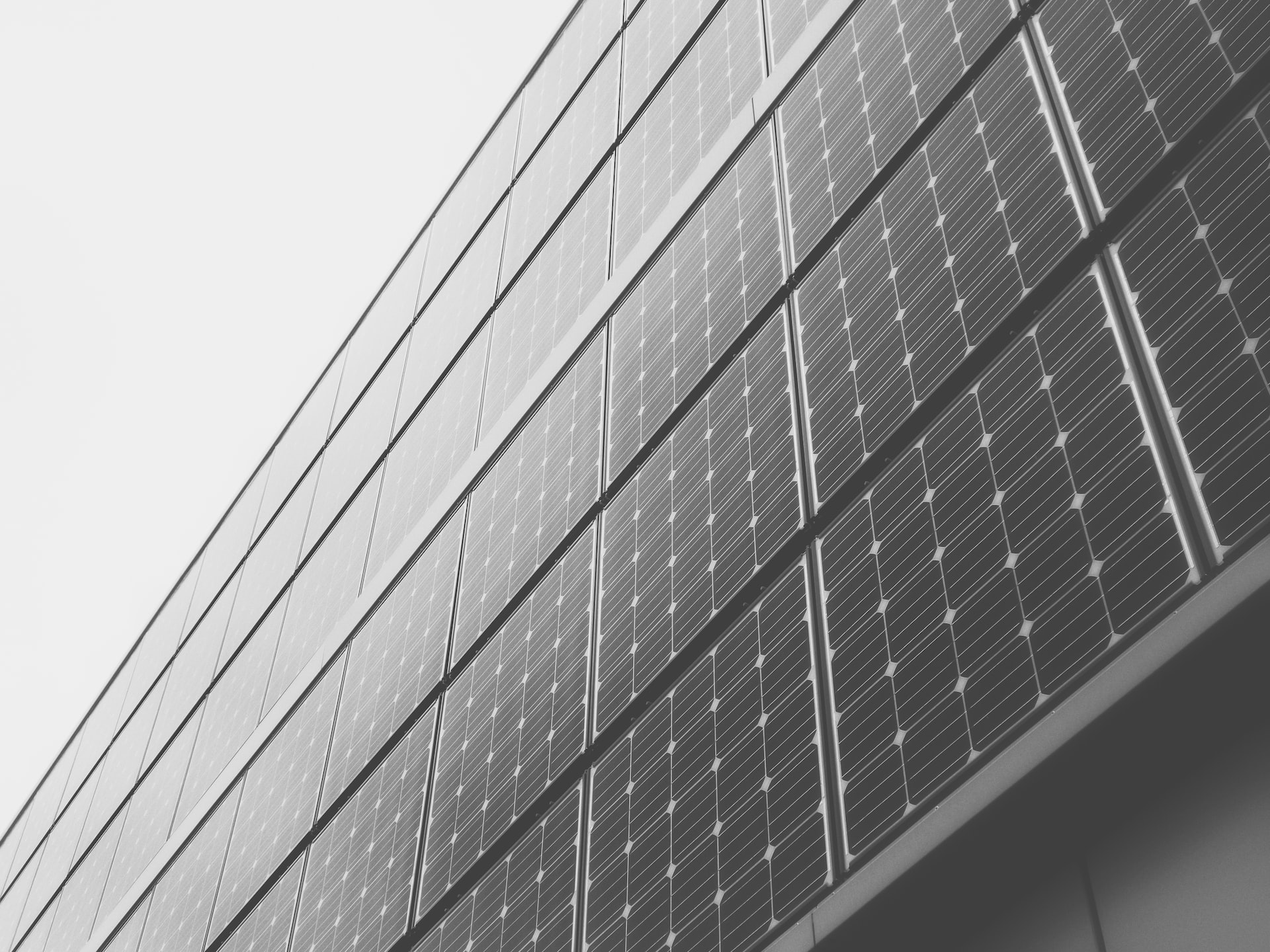Solar costs, which have fallen almost non-stop for the past decade, are at risk of reversing course due to persistent inflation and higher interest rates. A temporary windfall tax in Europe is capping profits that energy firms may have otherwise used help to offset higher costs and invest in more efficient photovoltaic tech.
Still, global deployment of solar remains steady and significantly cheaper than fossil fuels. Moreover, federal policies in the US, particularly the recently passed Inflation Reduction Act, continue to bolster solar through subsidization. Earlier this year, the White House cut tariffs on imported solar panels, established new loan programs to establish domestic US solar manufacturing, and halved the cost to build new solar capacity on public land.
Related ETF: Invesco Solar ETF (TAN)
There are increasing concerns that the perpetually falling costs associated with the installation and operation of solar panels could reverse course in the midst of rapid inflation that is affecting virtually every industry across the global economy.
As Paddy Padmanathan, chief executive officer of middle eastern renewables firm ACWA Power Co., said in an interview at the Future Investment Initiative conference in Saudi Arabia, “[Solar] costs are going to go up. It’s immediate. Technology driving down costs won’t happen as fast as inflation and interest rates are pushing prices up.” However, Bloomberg notes that he clarified renewables remain “cheaper and will continue to be cheaper” than most fossil fuels.
The levelized cost of solar energy has only gotten cheaper throughout the past decade. Back in 2020, the International Energy Agency (IEA) crowned solar power the “new king” of global electricity markets, the cheapest form of electricity in history. As MRP highlighted, the IEA measured the levelized cost of energy (LCOE) for solar between $35 to $55 per megawatt hour (MWh) in some of the world’s biggest markets — the US, Europe, China, and India. The cost for coal at that time ranged between about $55 and $150 per MWh. Today, costs for coal-powered capacity have soared and, though natural gas prices have come down from their highs, gas futures remain elevated well-above prices across their previous 10-year trend.
Higher interest rates will also effect financing terms for adding new residential and commercial solar capacity, but provisions in the recently-passed Inflation Reduction Act of 2022 (IRA) have enacted a long-term extension of the Investment Tax Credit (ITC) for residential and commercial utilization, which has been instrumental in developing the solar infrastructure available today. Per PV Magazine, the bill calls for a…
To read the complete Intelligence Briefing, current All-Access clients, SIGN IN All-Access clients receive the full-spectrum of MRP’s research, including daily investment insights and unlimited use of our online research archive. For a free trial of MRP’s All-Access membership, or to save 50% on your first year by signing up now, CLICK HERE










